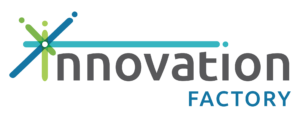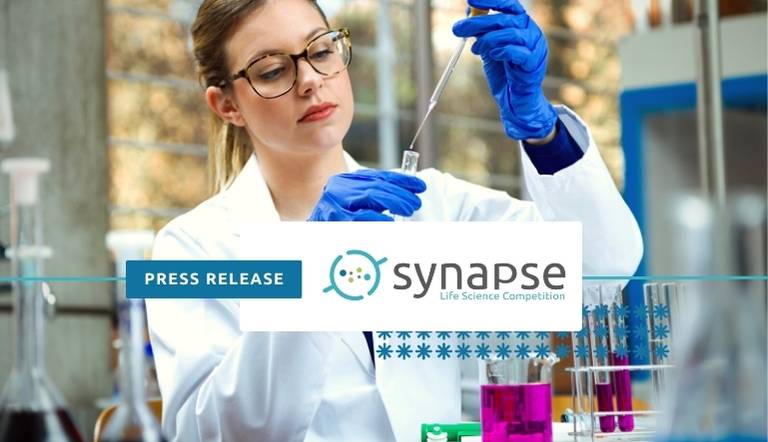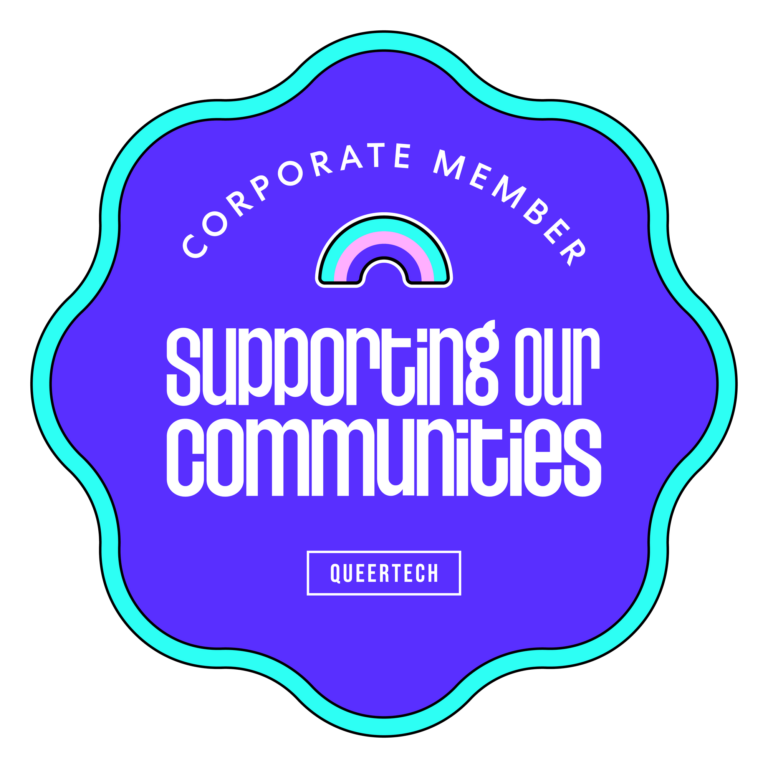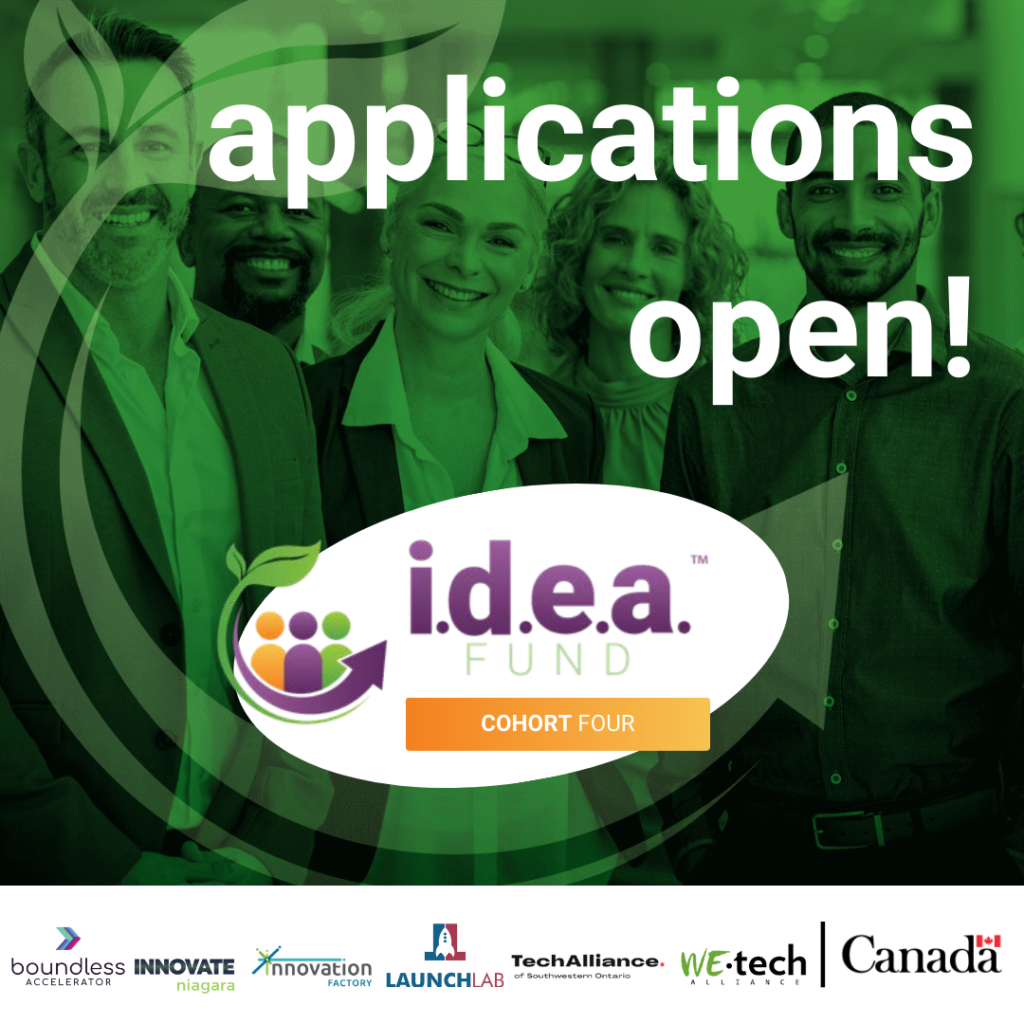The Synapse Life Science competition is all about assisting innovators in the life sciences by giving them an opportunity to commercialize their innovations. It’s designed to help move innovative research, products and services out of the lab and into the market by pairing up life science innovators with business, engineering and entrepreneurship students.

One of last year’s finalists ANDzyme, a spin-off company from a research lab at McMaster University, is creating unique molecular probes that could be used as diagnostic devices to screen for bacterial pathogens. Kha Tram was the researcher on the team who applied to Synapse 2014.
“We knew that this technology had the potential to make a significant impact, but we weren’t exactly sure how to commercialize it,” Tram explains. “We were trained scientists, not businessmen and we clearly needed help. We were luckily matched with a student partner, and the partnership opened us up to exploring different business perspectives that ANDzyme needed.”

Tram found that Synapse helped push ANDzyme in the right direction: “The constant and rigorous feedback we received during the competition really helped us refine our core idea and focus on building a practical business. In the end, we won the poster prize and in the process formed business relationships that continued beyond the competition. For us, the Synapse Life Science competition was an excellent experience and it gave us the jump-start we needed.”
Last year’s first place winner was Sound Options, a company led by Dr. Michael Chrostowski that provides sound therapy to sufferers of a hearing disorder called tinnitus. Cristina Beghian was the MBA student paired up with Chrostowski.
“Working together, Michael and I went into the finals of Synapse determined to win,” explains Beghian. “We realized we had very different pitching styles and used this as an opportunity to make the final pitch a blend of empathetic story telling and descriptive science. The day of the Synapse finals was an inspiring experience. Seeing our hard work in the months leading up to the final pitch come together and realizing how far everyone had come was gratifying.”

Beghian has remained on the Sound Options team with Chrostowski even post-Synapse: “The true mark of success for me was the realization that I have the capacity to learn and apply my skills, as well as be instrumental in deriving a strategy for a company,” she says. “Ultimately, winning Synapse came down to our strong teamwork, communication, and openness. However, the icing on the cake was being able to continue the relationship with Sound Options beyond Synapse!”
The competition is separated into four phases, including: a meet and greet where teams are formed between life science innovators and business-minded students; the submission of an executive summary; the submission of a detailed commercialization plan; and the final pitch showcase.
The showcase is the culmination of months of hard work and brings together investors, business leaders and the life science community. All teams have to opportunity to present posters for guests to engage with, and the top selected finalists will pitch live for the chance to win over $30,000 in cash and in-kind resources.
To learn more about the competition, visit SynapseLifeScience.com
